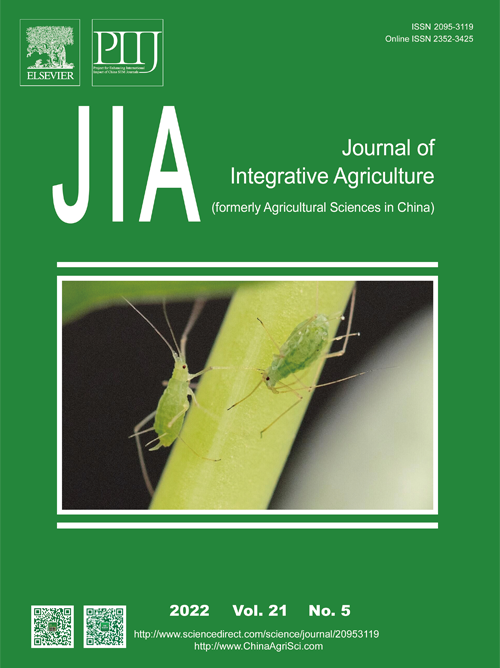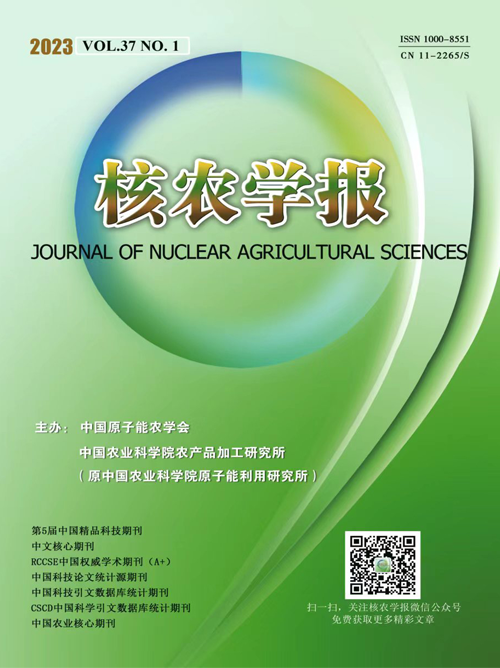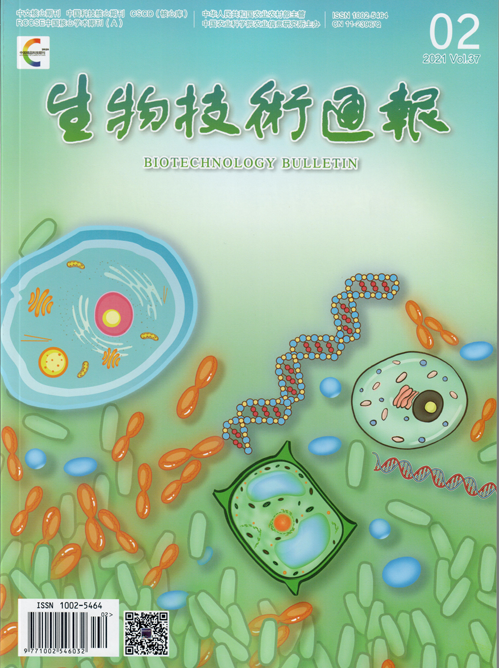Despite recent persistent rain in central China's Henan Province, Shen Jifeng's 600-mu (about 40 hectares) of contracted farmlands in the city of Xinxiang have largely avoided waterlogging.
Outfitted with water pumps, sprinklers and smart sensors, these farmlands in the Pingyuan Pilot Zone of Xinxiang are part of "high-standard cropland" supported by modern infrastructure and advanced technologies.
"The land has been leveled, and drainage ditches have been added along the edges, allowing water to drain quickly from the fields," Shen said.
"High-standard cropland" has been written into a resolution adopted at the third plenary session of the 20th Central Committee of the Communist Party of China (CPC) in July.
According to this resolution on further deepening reform comprehensively to advance Chinese modernization, the country will improve the mechanisms for developing, verifying, managing, and protecting high-standard cropland, as one of the concrete measures of deepening reform of the land system.
High-standard cropland, also called well-facilitated farmland, requires sci-tech support for disaster prevention and control, soil quality and fertility improvement, and farmland management based on information technology.
The CPC and the Chinese government have stressed the importance of high-standard cropland in important meetings and documents, including the government work report delivered during the second session of the 14th National People's Congress this March.
According to a 10-year development plan released in 2021, China will build 1.2 billion mu of high-standard cropland, and renovate and upgrade 280 million mu of existing high-standard cropland by 2030.
By then, the country aims to achieve stable grain production of over 600 billion kilograms per year, ensuring basic self-sufficiency in grain and security for staple food supplies.
The high-standard cropland, which is in line with modern agricultural production and management, will significantly save water, energy, fertilizers and labor for farmers, and increase the yield.
In Shen's case, over 100 mu of his land is equipped with automatic irrigation systems that can be controlled from his smartphone.
This not only conserves water but also enables the mixing of liquid fertilizers with water for field application, significantly reducing the need for manual labor, he said, adding that combined with improvements in crop varieties and other factors, the yield of wheat per mu in his fields has increased by 100 to 150 kg.
Various sensors have also played a crucial role. In the Pingyuan Pilot Zone, over 20 agricultural data poles equipped with solar panels, high-definition cameras, atmospheric sensors and soil sensors collect and transmit data. This information helps generate detailed insights about weather, soil and crops through large model calculation for Shen and other farmers.
Other devices, such as pest radars and fungal spore collectors, provide local farmers with alerts for pests and diseases.
The pest radar uses 32-mm radar waves to track and predict the timing, location, swarm density and migration trajectory of flying insects within a 20 km radius, offering precise guidance for pest prevention and control.
All these data and information are consolidated into "Zhongyuan Nonggu," a sci-tech innovation platform featuring four major big data models for weather, soil, fertility and plant transpiration.
"Agriculture differs from industry in that agricultural data are challenging to standardize. We are still training the four large models with additional data. As the number of data poles increases, more data will be fed into these models," explained Yin Yue, project manager of Zhongyuan Nonggu.
Such practices are being implemented nationwide, ushering in the future of smart agriculture in China.
The country had completed the development of more than 1 billion mu of high-standard cropland by the end of 2023, according to Chen Bangxun, a senior official at the Ministry of Agriculture and Rural Affairs.
In Tumd Left Banner in Hohhot in north China's Inner Mongolia Autonomous Region, the local government established a corn planting demonstration zone with nearly 960 mu of high-standard cropland.
It features an integrated platform for intelligent control and remote video monitoring, enabling real-time oversight of the entire planting and management process in the zone.
Supported by Internet-of-Things devices such as monitoring stations, sensors and control valves, the platform can collect data on crop growth, leaf surface condition and pest movement, providing fertilization and management recommendations to farmers.
Farmers can also monitor environmental temperature, humidity, soil pH and light intensity on their smartphones through dedicated apps.
Liu Ruifei, head of a local agricultural tech promotion center, said that the local government will continue to integrate modern technologies and equipment into the demonstration zone, and help farmers achieve green production in agriculture.
According to Yu Qiangyi, a researcher with the Institute of Agricultural Resources and Regional Planning (IARRP), under the Chinese Academy of Agricultural Sciences, smart agriculture can boost the efficiency of farming operations, alleviate labor shortage, protect and improve the agricultural ecosystem, reduce the cost of production, improve the quality of produce, and shift agriculture from experience-based to data-driven practice.
"Smart agriculture leverages data from sensors and the Internet of Things as a crucial production factor, driving automation, unmanned operations and intelligent management in farming," said Yu, who is also the team leader of smart agriculture research in IARRP.







